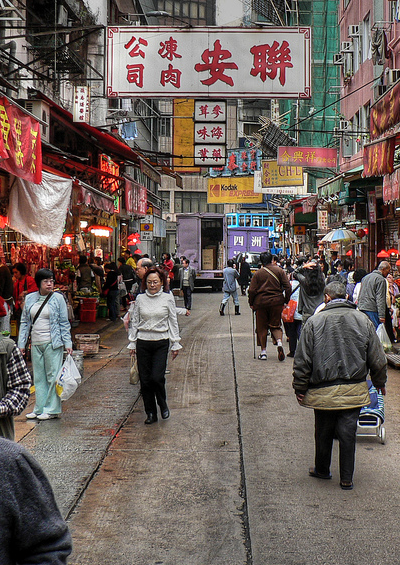6 Facts: China’s Growing Middle Class
The Chinese government has shifted its economic focus on home.
February 10, 2015

1. Chinese consumers spent $3 trillion in 2012 — or 7.1% of the world’s total private consumption ($41.9 billion), according to data compiled by the United Nations.
2. China’s leaders are trying to steer the economy away from export-dependence (which increases prices for Chinese consumers) and toward domestic consumption.
3. The government plans to spend more on health care and pensions to allow people to spend their incomes now instead of saving for people health and retirement costs.
4. China’s continuing urbanization is also likely to provide a long-term boost to consumption by producing tens of millions of richer Chinese.
5. As of 2000, only 4% of China’s urban households had attained middle-class status, according to the McKinsey Global Institute. By 2012, the proportion of middle class in urban areas was two-thirds.
6. By 2022, 630 million Chinese — or 75% of the nation’s urban population — will be classified as middle class.
Source: United Nations Statistical Division with additional analysis by The Globalist Research Center
